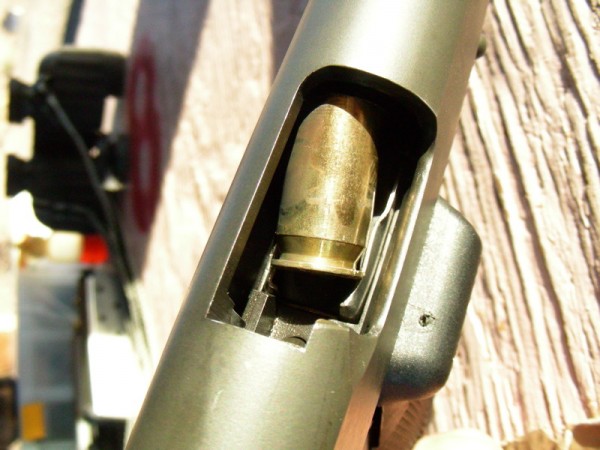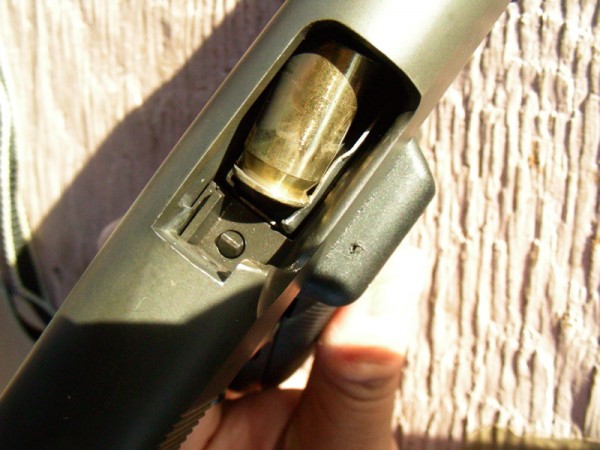
At the request of fellow MSW contributor Doug, I am updating an old 10-8 Forums thread regarding malfunctions in 1911s. If you are a 1911 shooter, it is absolutely critical that you understand the types of malfunctions that you will get, as none of them will go away with hope, good intentions, more cleaning, or more lube. Remember that we are discussing malfunctions or stoppages, and the more specific one can be, the more intelligent the analysis that can follow. Merely indicating that “the gun had a jam” offers no information at all.

Vertical stovepipe: Typically due to insufficient extractor tension. Can occasionally be caused by a burred case mouth on the next round in the magazine, but 99.9% of the time it is the extractor.

Horizontal Stovepipe: Same cause as above, but much harder to clear. These are the reason that I do not teach or recommend the “sweep and clear” method, as a trip to see the medic is surely to follow any repetition of the technique.

Feedway Stoppage: As my friend and mentor, Ken Hackathorn, likes to say, the 1911 is the “King of Feedway Stoppages.” If you shoot one and say you have never had one of these, you are either lying or need to shoot more. A host of causes may be responsible, to include a rough breech face, burred firing pin hole, excessive extractor tension, inappropriate extractor geometry, barrel lower lug/link geometry, and of course issues with the geometry and surface finish of the feed ramp and barrel throat. Trying to blindly fix these issues is also the number one way in which kitchen table gunsmiths absolutely destroy their guns using a Dremel in the absence of skill or knowledge.

High Angle: This is also known as the “bolt over base” malfunction, and is the result of a mismatch between the rate of slide travel and magazine feed rate. In other words, the slide is moving faster than the magazine will present rounds up for feeding, and the result is that the front of the breech face has moved forward past the rear of the cartridge before picking it up. As in this photo, you will see the breech face pick up the cartridge in the middle of the case or at the extractor groove. Generally look to replacing the magazine first, as the spring rate may be of issue. Next look to the slide stroke of the gun and see that it is at its maximum. Take out the recoil buffer if one is present. These are very common malfunctions in 1911s shorter than the 5″ format, and are why we do not recommend them for duty use.


Double Feed or Failure to Extract: This is technically a failure to extract, but is also commonly referred to as a double feed due to the feeding of a second round where one is already in place. This is indicative of the most profound of extractor failures, either the absence of the hook or loss of tension. Many casual shooters will dismiss this as “just a jam” in their string of 50 flawless rounds, but this is a showstopper. Once the extractor is capable of yielding this malfunction, it’ll do it again. Throw the extractor away and get a new one unless you like failure.


Failure to extract in conjunction with magazine failure: I don’t have a shorter name for this malfunction, but it is frighteningly common. The partially extracted case is dragged through the empty magazine’s feed lips, wedging the case firmly in place and damaging the magazine. Clearance requires tools or at least a lengthy application of brute force and profanity. For this malfunction to occur, two factors must be at play together: insufficient extractor tension, and magazine feed lips that are too wide. A very detailed analysis of the magazine component of the problem is available in this article on the 10-8 website.When you get a malfunction with your 1911, do not shrug it off as “break in” or “limp wristing.” Your gun is telling you something, and you need to listen. Fix and and drive on, or ignore it and pay the price later.
Source: http://modernserviceweapons.com/?p=6311






































































